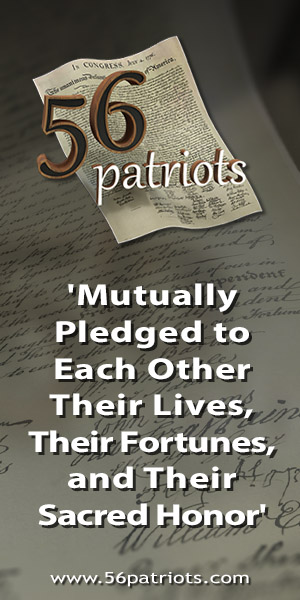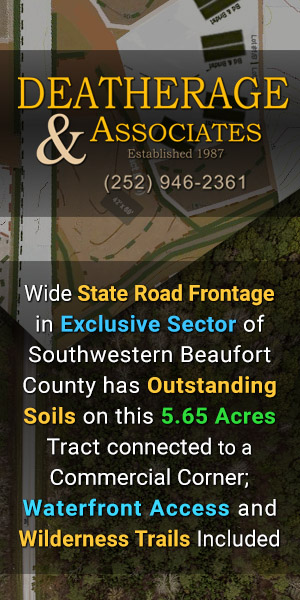Our Community Platform providing Essential Information to Know what is Real
4 Results found for Cupola House
[ Search Users ]|
This is the ninth of a new series of images from across North Carolina from my travels, and from the long intervals that I have spent with my camera making a record of where I have been.
Published: Wednesday, January 13th, 2016 @ 12:39 am
By: Stan Deatherage
|
This is the ninth of a new series of images from across North Carolina from my travels, and from the long intervals that I have spent with my camera making a record of where I have been.
Published: Wednesday, January 13th, 2016 @ 12:39 am
By: Stan Deatherage
|
After the English Civil War, in 1660 King Charles II was restored to the throne, and the crown rewarded its political allies with vast tracts of land in British America. Eight tracts were bestowed to eight lords proprietors in Carolina (later divided into modern-day North and South Carolina).
Published: Wednesday, September 25th, 2013 @ 4:59 pm
By: John Locke Foundation
|
After the English Civil War, in 1660 King Charles II was restored to the throne, and the crown rewarded its political allies with vast tracts of land in British America. Eight tracts were bestowed to eight lords proprietors in Carolina (later divided into modern-day North and South Carolina).
Published: Wednesday, September 25th, 2013 @ 4:59 pm
|
During the mid-1700s, Edenton served as a major port, and Robert Carteret, the last of the Lords Proprietors and the Earl of Granville, requested that a grand house be designed for governmental business, including tax collection.
Published: Sunday, September 8th, 2013 @ 10:44 pm
By: John Locke Foundation
|
During the mid-1700s, Edenton served as a major port, and Robert Carteret, the last of the Lords Proprietors and the Earl of Granville, requested that a grand house be designed for governmental business, including tax collection.
Published: Sunday, September 8th, 2013 @ 10:44 pm
|
The first natives in the region were the Weapemeoc, and their central trading town, also called Weapemeoc, was located near the present site of Edenton.
Published: Monday, August 5th, 2013 @ 3:28 pm
By: John Locke Foundation
|
The first natives in the region were the Weapemeoc, and their central trading town, also called Weapemeoc, was located near the present site of Edenton.
Published: Monday, August 5th, 2013 @ 3:28 pm















